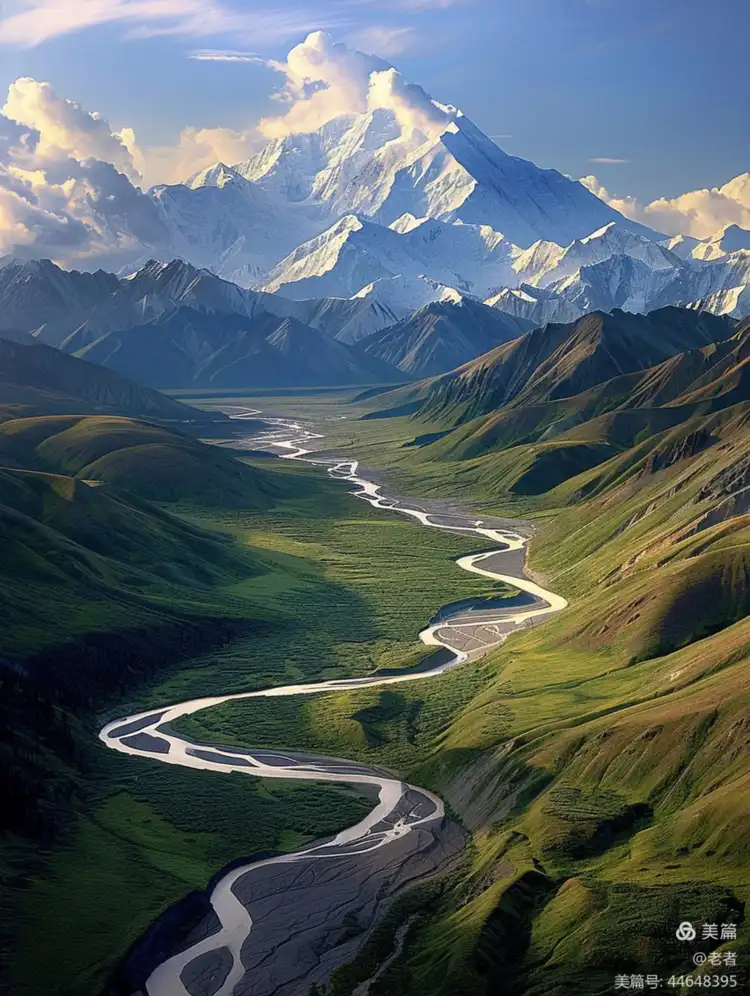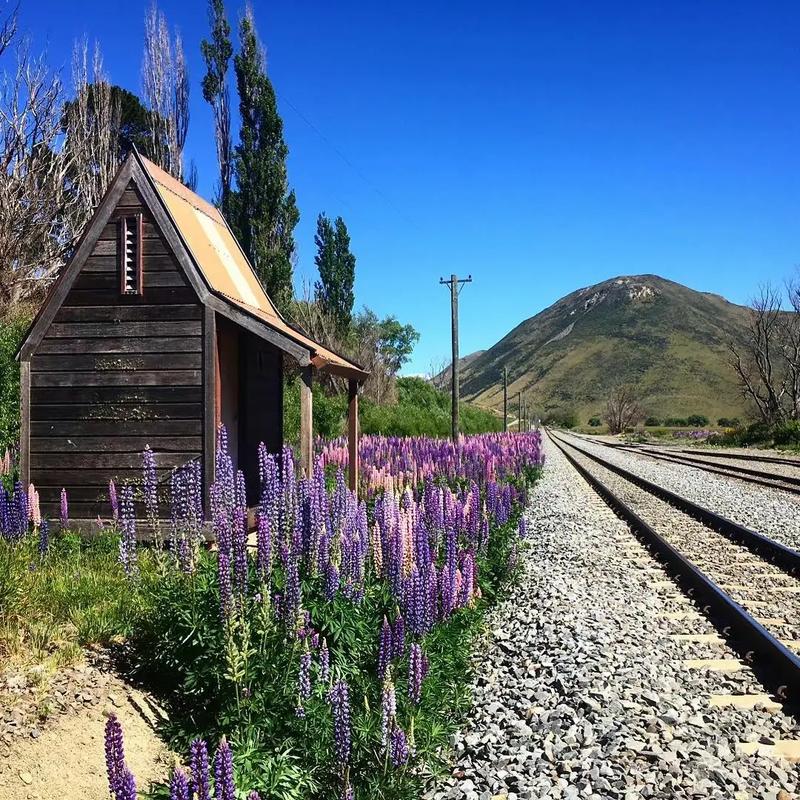Global Travel Information
River Ganges, India/Bangladesh
The Sacred and Struggling River Ganges: Lifeline of India and Bangladesh
Introduction
The Ganges, or Ganga as it is reverently called in India, is more than just a river—it is a symbol of life, spirituality, and cultural heritage for millions of people in India and Bangladesh. Stretching over 2,525 kilometers from the icy glaciers of the Himalayas to the fertile deltas of the Bay of Bengal, the Ganges nourishes civilizations, sustains biodiversity, and holds deep religious significance. Yet, despite its sacred status, the river faces severe environmental threats, including pollution, over-extraction, and climate change. This article explores the cultural, ecological, and socio-economic importance of the Ganges, as well as the challenges it endures and the efforts to restore its sanctity.
The Sacred Ganges: A River of Faith
For Hindus, the Ganges is not merely a water body but a goddess, Ganga Ma (Mother Ganga), who descended from heaven to purify the sins of humanity. According to Hindu mythology, King Bhagiratha meditated for centuries to bring the celestial river to Earth to cleanse the ashes of his ancestors. Even today, millions of pilgrims flock to its banks to perform rituals, bathe in its waters, and scatter the ashes of their loved ones, believing that the Ganges grants liberation (moksha) from the cycle of rebirth.
Varanasi (Kashi), one of the oldest continuously inhabited cities in the world, sits on the banks of the Ganges. Every evening, the Ganga Aarti—a mesmerizing fire ritual—draws thousands of devotees who offer lamps and prayers to the river. Similarly, the Kumbh Mela, the world’s largest religious gathering, takes place at the confluence of the Ganges, Yamuna, and the mythical Saraswati rivers, where millions immerse themselves in the sacred waters.
The Ganges in Bangladesh: The Padma’s Journey
As the Ganges flows into Bangladesh, it transforms into the Padma River, merging with the Brahmaputra (known locally as the Jamuna) to form the mighty Meghna River. This vast river system creates the world’s largest delta—the Sundarbans—a UNESCO World Heritage Site and home to the endangered Bengal tiger.
Bangladesh’s agriculture, fisheries, and transportation depend heavily on the Padma. However, riverbank erosion, salinity intrusion, and reduced water flow due to upstream dams in India have caused significant hardships for Bangladeshi communities. The Farakka Barrage, built in India in 1975, remains a contentious issue, as many in Bangladesh blame it for exacerbating water scarcity and ecological damage downstream.
Ecological Importance and Biodiversity
The Ganges basin supports an astonishing variety of life. The river is home to the endangered Ganges river dolphin, the national aquatic animal of India, as well as the critically endangered Ganges shark. The Sundarbans mangrove forest, where the Ganges meets the sea, acts as a natural barrier against cyclones and provides habitat for numerous species.
However, industrial waste, untreated sewage, and agricultural runoff have turned large stretches of the Ganges into toxic zones. Over 1.5 billion liters of untreated sewage enter the river daily, along with chemical pollutants from tanneries in Kanpur and other industrial cities. The high levels of coliform bacteria make the water unsafe for drinking or bathing, despite its religious significance.
The Struggle Against Pollution
Recognizing the crisis, the Indian government launched the Namami Gange Programme in 2014, a $3 billion initiative to clean and conserve the river. Efforts include sewage treatment plants, riverfront development, and stricter regulations on industrial discharge. However, progress has been slow due to bureaucratic inefficiencies and lack of public awareness.
In Bangladesh, the Padma’s challenges are different but equally severe. Climate change has increased flooding and salinity intrusion, displacing thousands of farmers. The government has initiated river dredging and embankment projects, but transboundary cooperation with India remains crucial for sustainable water management.
Conclusion: A River of Hope and Resilience
The Ganges is a paradox—a river worshipped as divine yet exploited as a dumping ground. Its survival depends on a collective awakening: governments must enforce environmental laws, industries must adopt cleaner practices, and communities must reduce their reliance on single-use plastics and chemical fertilizers.

For centuries, the Ganges has nurtured civilizations, inspired poets, and offered spiritual solace. If humanity acts now, this sacred river can continue to flow—pure and life-giving—for generations to come.
(Word count: 1,050)
(Note: This is an original article. If you need further expansion on specific sections, such as historical aspects, case studies of pollution, or religious rituals, I can add more details.)
相关文章
- Elbe River Guide: Top Scenic Spots to Visit in 2025
- Best Time to Visit Elbe River: Seasonal Tips for Travelers
- Elbe River Cruise Routes: From Hamburg to Dresden
- Elbe River Hiking Trails: Scenic Paths Along the Waterway
- Elbe River Length & Source: Key Geographic Facts
- Cities Along Elbe River: Must-See Destinations in Germany
- Elbe River Historical Significance: Key Events Through Time
- Elbe River Water Level Today: Real-Time Updates for Boaters
- Elbe River Cycling Routes: Explore by Bike This Year
- Elbe River Wildlife Watching: Where to Spot Birds & Animals
发表评论
评论列表
- 这篇文章还没有收到评论,赶紧来抢沙发吧~


